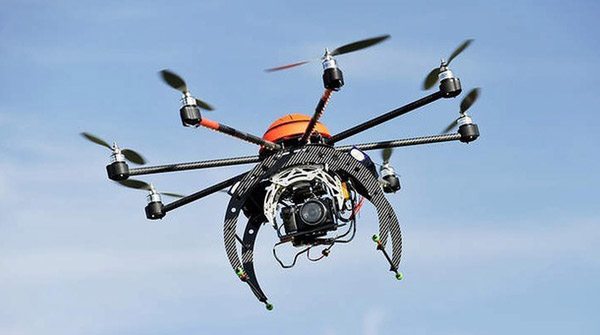 2025-07-17
2025-07-17
Matching of motor and propeller;
The threads of the motor are divided into grain directions, and the blades are also divided into positive and negative directions. The blades are placed horizontally, with the word side facing upwards. The right windward side is the positive paddle, and the motors of the positive paddle pair should be tightened clockwise, because when they are working, the motors rotate counterclockwise, and the blades generate upward force and reverse torque, so the paddles will become tighter and tighter.
Brushless motor is a very important component as the power output of UAV. Let's first understand how to choose a brushless motor suitable for our drone. The selection of brushless motor is mainly related to the self-weight of UAV, so it is necessary to refer to the force-effect table of brushless motor of various manufacturers to select the brushless motor suitable for your UAV. The sum of the maximum power output of the selected motors is greater than the self-weight of the UAV, otherwise the UAV will not have sufficient power redundancy, which will greatly reduce the load capacity, wind resistance and stability of the UAV. Generally speaking, when the self-weight of the UAV is half of the sum of the power output by all the motors of the UAV, the UAV will have sufficient power redundancy for load, wind resistance and stable flight. The so-called collocation of brushless motor and propeller means that we will choose the propeller that matches the motor according to the parameters of the selected brushless motor. The larger the propeller, the greater the lift, but it needs more power to drive it. The higher the propeller speed, the greater the lift; The smaller the kv of the motor, the greater the rotating force; To sum up, a large propeller needs a low kv motor, and a small propeller needs a high kv motor (because it needs a rotating speed to make up for the lack of lift). If the high kv has a big paddle and the power is not enough, it will be very difficult. In fact, it is still running at a low speed, and the motor and electric regulator are easy to burn out. If the low kv is equipped with a small propeller, there is no problem at all, but the lift is not enough, which may result in the inability to take off. For example, a commonly used 1000kv motor is equipped with a paddle of about 10 inches.
